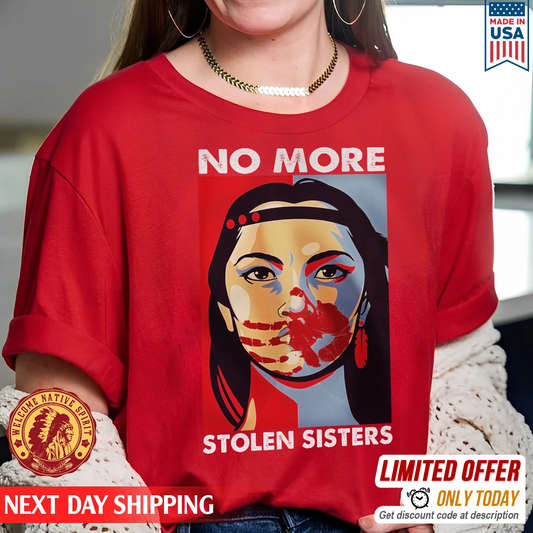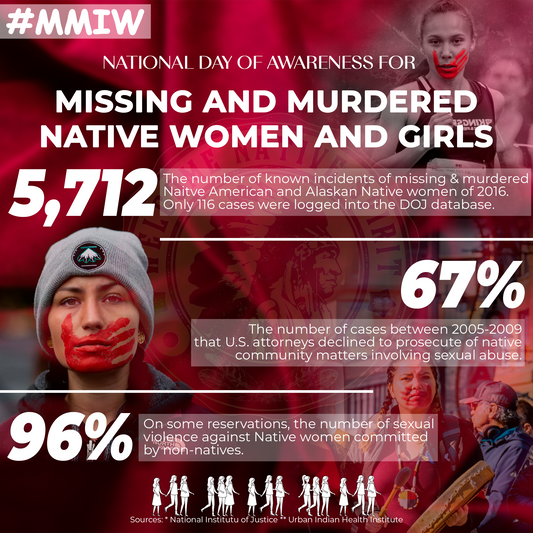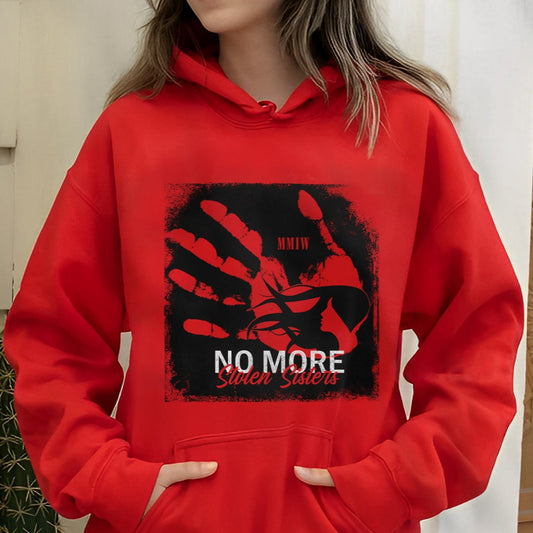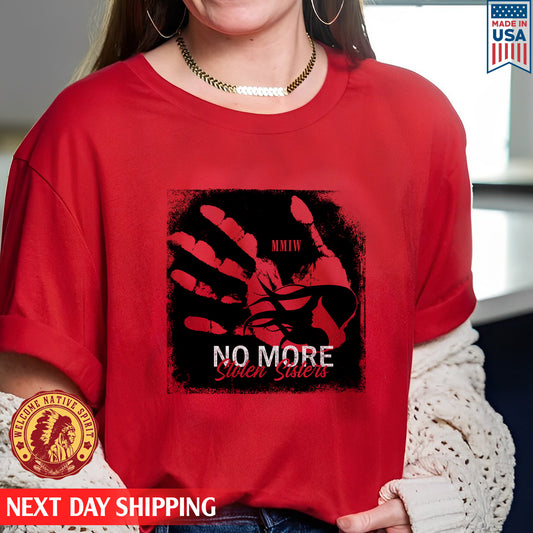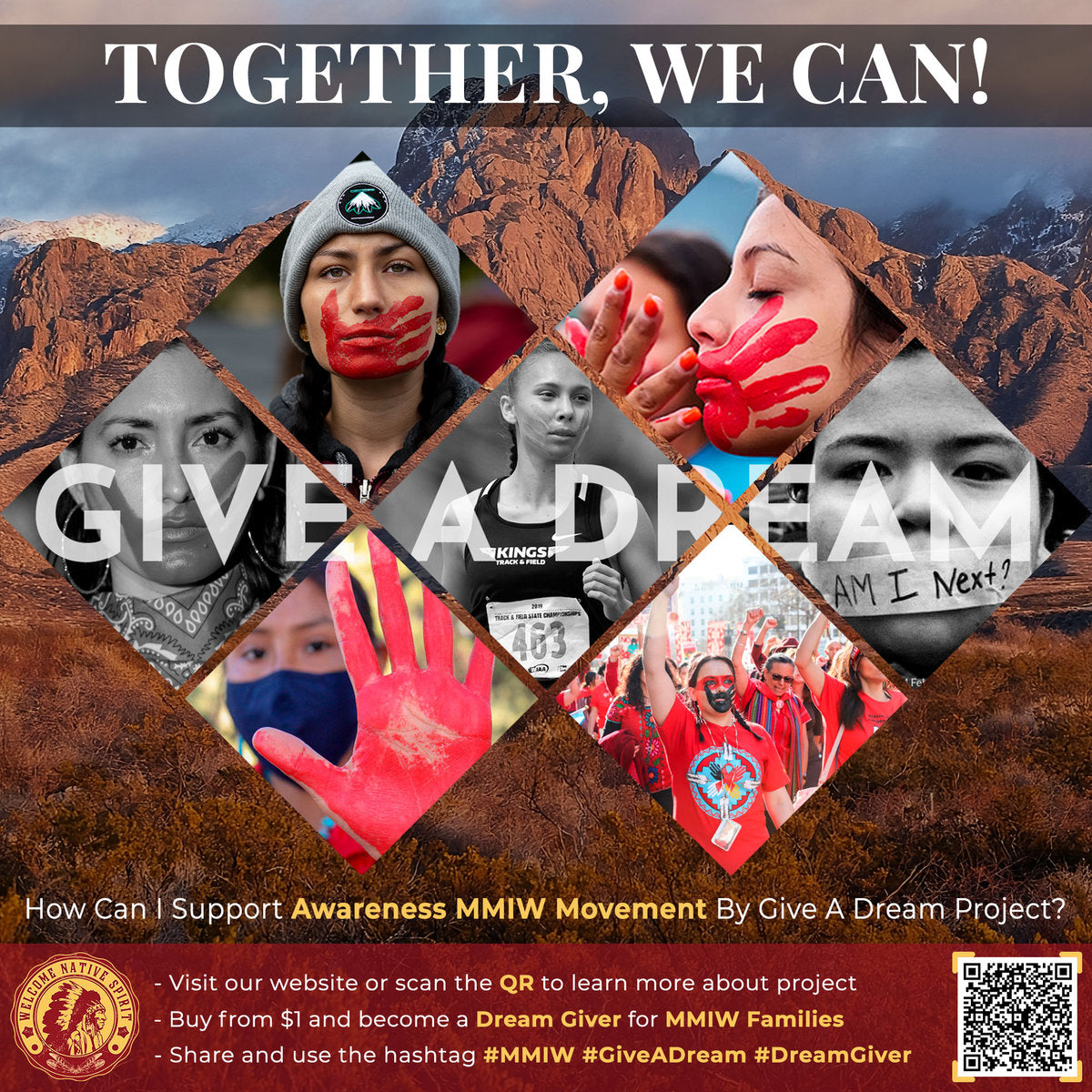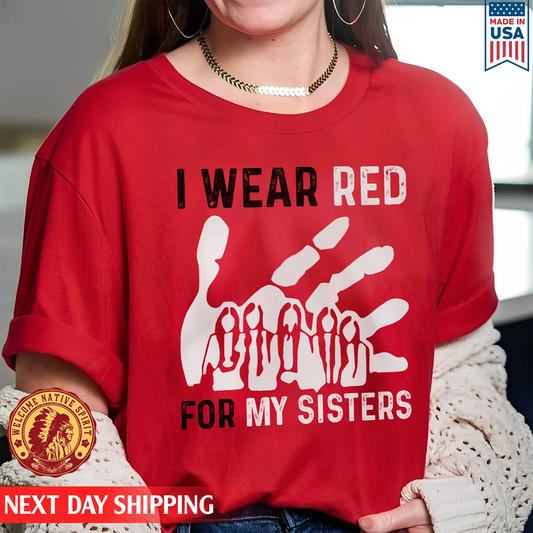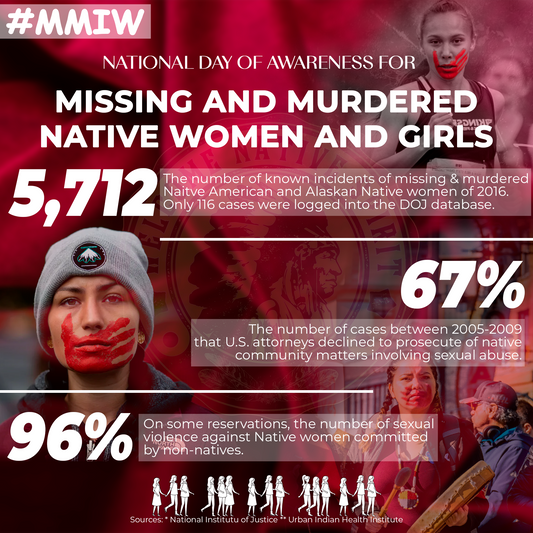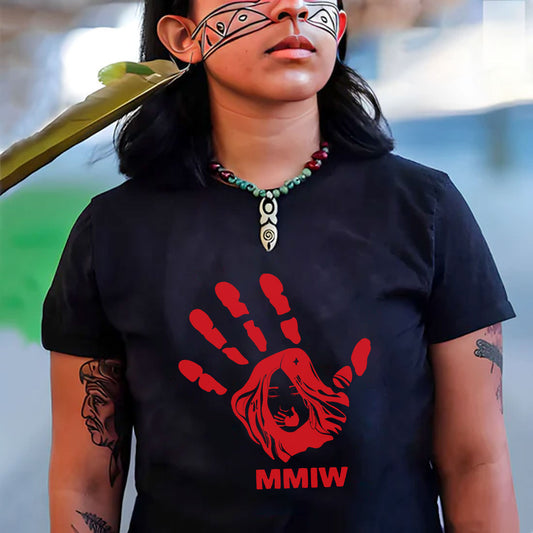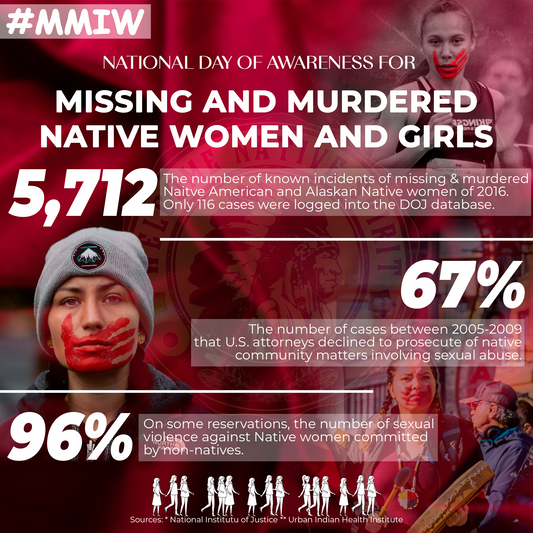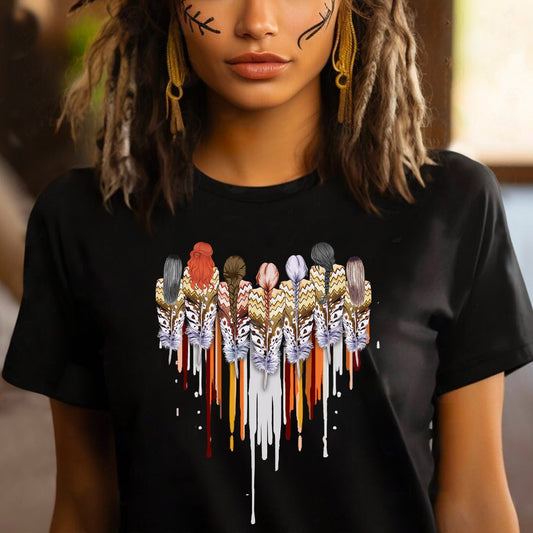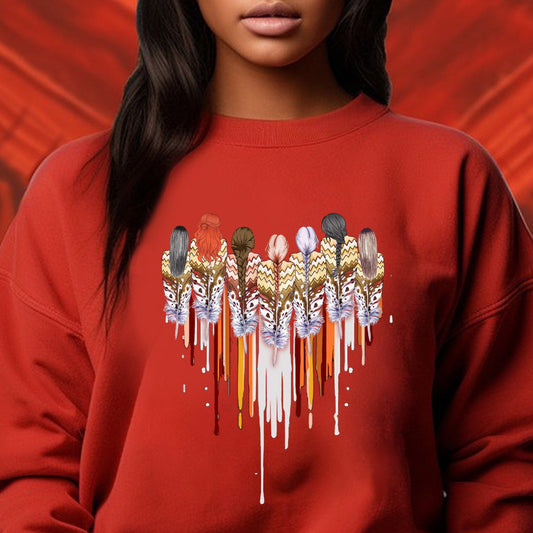In many Native American tribes, a dream catcher is a handmade willow hoop woven to a web or literally, a net. They can include feathers and beads, and they're traditionally suspended on cradles as a form of armor and protection.
Dream catchers are widely viewed as a symbol of oneness among numerous indigenous cultures and tribes. They're also generally looked at as an indication of Native American identity. However, some Native Americans believe dream catchers have been appropriated and offensively exploited by non-Native Americans.
In this post, we'll cover the history, meaning and symbolism of the dream catcher, the legend of the Spider Woman, plus the different types of hoop designs, beads, feathers, and tons more!
History & Origin of the Dream Catcher
Dream catchers can be traced back to the Ojibwes. The Ojibwe people started the trend and over time, dream catchers were adopted by other tribes, cultures and even nations. This adoption was made possible through the process of either intermarriage, trade or both. Dream catchers became widely accepted by Native Americans in the 1960s and 1970s as a result of the Pan-Indian movement.
It is believed that dream catchers originated with Asibaikaashi, who was known as the Spider Woman. She was a custodian of all of the Ojibwe infants and adults. However, in time it became a difficult task for her to take care of all of the Ojibwe people as they started spreading out across different regions of North America.
To help, the Ojibwe women started weaving magical webs for the infants. They used willow hoops and sinew to weave them, and they gifted them to the Ojibwe children as a medium of protection. These charms hung above the children's beds to catch any bad dreams or other harm that might be present.
Dream Catcher Meaning
Each part of the dream catcher had meanings tied to the physical world. One notable meaning is the dream catcher has a round shape that represents the earth's spherical character.
The web absorbs bad dreams at night and discharges them during the day. The feathers, on the other hand, act like ladders allowing good dreams to descend on the infant or adult who is sleeping.
Symbolism
While dream catchers have become widely popular phenomena outside the Ojibwe indigenous people, and even extended beyond the Pan-Indian communities, there are multiple types of dream catchers. Upon close examination of these dream catchers, you can still see that they bear some resemblance to the traditional ones—even the ones with feathers.
However, these resemblances are few and far between. There is still a sizable gap between originals and modern ones. These new styles are made, sold, and exhibited by non-Native entities, which is considered, by some, to be a violation of the culture, beliefs, and traditions attached to the traditional dream catchers.
This has made it very daunting to find authentic dream catchers with real beads and feathers. In recent times, they have been said to be more American than Native American. They are made of cheap materials, and usually oversized.
Modern Uses
More recently, dream catchers have been used as a shared symbol of hope and healing. For instance, the Little Thunderbirds Drum and Dance Troupe from the Red Lake Indian Reservation in Minnesota have traveled to other schools that have experienced loss and school shooting and gifted them with a dream catcher. The dream catcher has now been passed from Red Lake to students at Columbine, Colorado; Sandy Hook, Marysville; Marysville, Washington; Townville, South Carolina; and Parkland, Florida. While no symbolic gesture can reverse the atrocities committed in these communities, the dream catcher continues to be a powerful symbol of unity for the people affected by these tragedies.
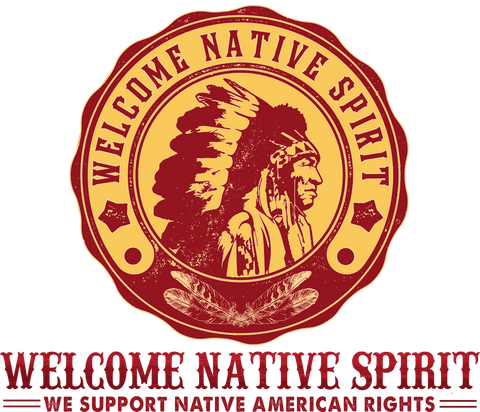

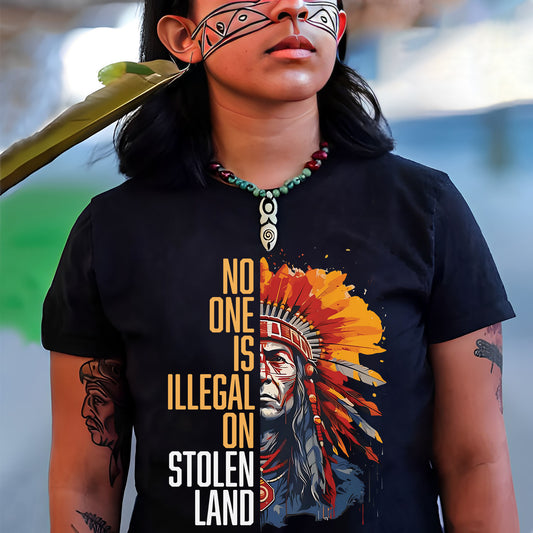
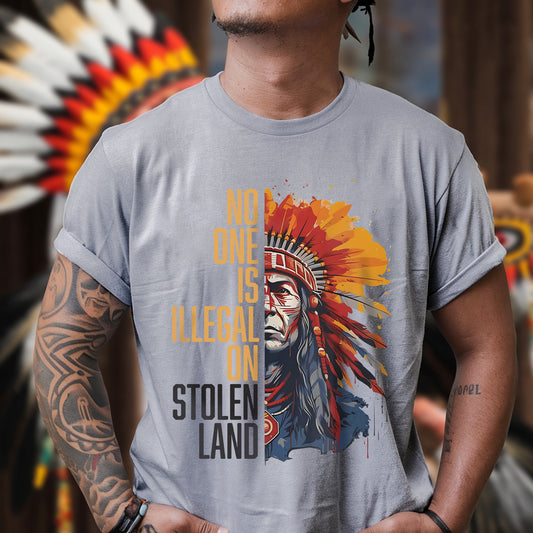
![[Two Sides] Trail of Tears The Deadly Journey Unisex T-Shirt/T-Shirt V-Neck/Hoodie/Sweatshirt](http://welcomenativespirit.com/cdn/shop/files/20_2bae9cf5-c07c-4ea5-a8ea-de74aa71325d_533x.jpg?v=1757466962)
![[Two Sides] Trail of Tears The Deadly Journey Unisex T-Shirt/T-Shirt V-Neck/Hoodie/Sweatshirt](http://welcomenativespirit.com/cdn/shop/files/gray_-2side_b51af6c7-cea9-4004-90db-cb8d883be04a_533x.png?v=1759742586)
